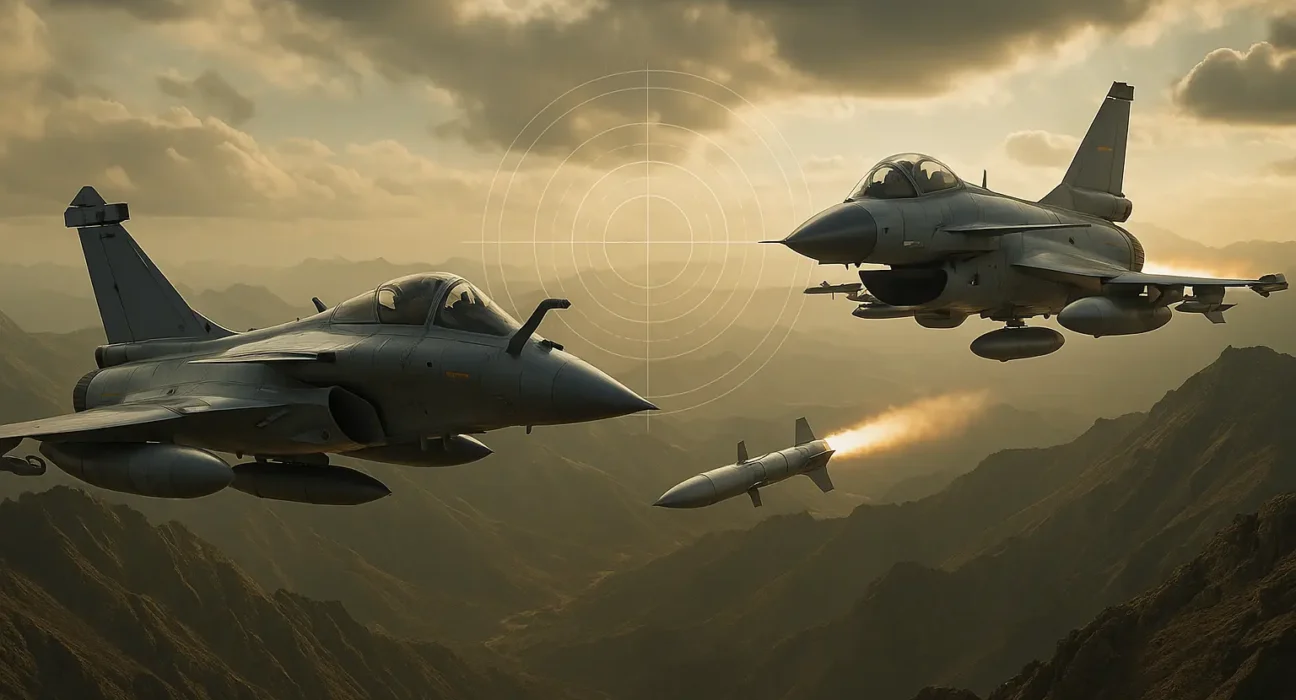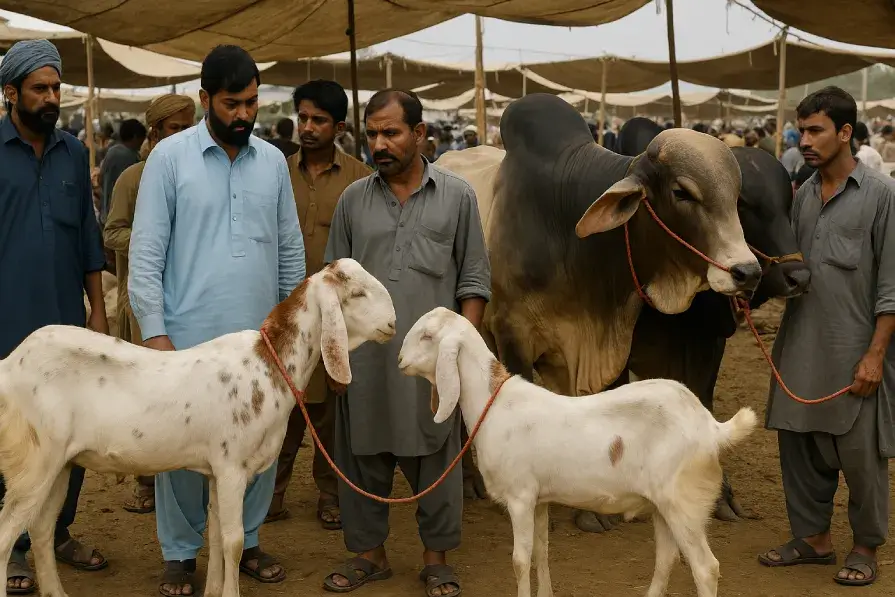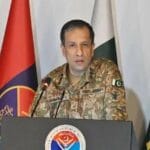Global Militaries to Study Pakistan-India Jet Fight Involving Chinese and French Jets

The latest Pakistan- India fighter jet encounter, which happened after World War II, has brought the attention of the world military experts towards China’s J-10C and French made aircraft i.e. Rafale Jets. This all too rare example of a real world air battle gave a live battlefield to see how the advanced aircraft and the modern missile systems would bear up under high stakes; combat ready in the heights.
Today, as details are uncovered from both sides, militaries in Asia, Europe and North America are analyzing this incident for insights into modern aerial warfare, strengths and weaknesses of 4.5-generation jets and predominant mode of digital air dominance.
Real-Life Combat Trumps Simulated Training
Training exercises and simulations only take militaries so far. When the spacecraft is charged actually in airspace, and live weapons are used, the captured data becomes much more valuable. That’s how this Pakistan-India jet fight is considered as a case study of exceptional interest by defense analysts and air force training academies all over the world.
Every single factor from weapon lock times and dodging by radar to effectiveness of counter measures and even satellite support – all of this is now under consideration of the world wide defense establishments.
“This was not simply a skirmish; it was field-testing next generation support systems for warfare,” a former NATO air strategy advisor wrote.
Chinese and French Aircraft in Direct Tactical Use
The use of two major platforms around the world is one of the most striking features of this air combat. by Pakistan Air Force; by the Indian Air Force). This rare once in a century standoff has given us data on how these aircraft and behave when deployed by different militaries with different doctrines, infrastructure and real time decision-making capabilities.
It is in this combination of Pakistani use of PL-15 long range air to air missiles, to Chinese radar system and encrypted targeting, where India’s Rafales were countered. On the contrary, India’s Rafales clinically put to test their multirole versatility, though reports out there state one of them may have got damaged or disengaged.
Why Military Observers Are Paying Attention
This air clash went beyond an issue of national defense – it was a live show of hybrid warfare equipments. Fundamentalist global observers (U.S., Russia, Israel, Turkey, and the EU) in the global chess field are examining the confrontation to answer a number of vital questions:
Can Chinese missile devices live up to or do better than their NATO – designed counterparts in actual combat?
• What is the success rate of the Rafale in defending against non-Western tech?
• What part did satellite data and real time ground to air coordination play in the outcome?
How do digital command centers and the radar integration influence split-second pilot decisions?
Such questions are being discussed in military briefings and war colleges across the world, and in defense tech summits.
Lessons on Tactics, Countermeasures, and Digital Warfare
The event has brought to the surface lessons on such lessons as tactical maneuvering, the use of missile ranges, and how a multi platform operates. This encounter was significantly different from the ‘dog fight’ traditional in that it was very BVR oriented, as well as networked systems rather than gun duels up close.
For instance, Pakistan is said to have used radar feed charged with Chinese data links to trace and intercept Indian jets. This live surveillance and supported by AI target algorithms led to a faster response window.
India’s Rafales, while technologically superior in some categories and highly agile, could have been disadvantaged by limited real-time support or susceptibility to interference from electronic warfare, according to sources in the defense arena.
Implications for Global Defense Manufacturers
The global arms market will most probably be influenced by the jet engagement. Indonesia and Greece among countries looking at the Rafale as a possible purchase will especially watch how aircraft’s performance under pressure.
Meanwhile Chinese defense exporters are using the event to demonstrate the efficiency of their platforms such as the J-10C and PL-15 missiles. It might also provide a push to Chinese military diplomacy especially to countries that are considering cheaper alternatives to hardware offered by U.S. or Europe.
South Asia as a Strategic Military Testbed
This confrontation strengthens the position of South Asia as a prime proving ground for 21st-century military technics. Having Pakistan and India fly a combination of legacy and modern platforms; external powers use the region as a means to measure the offsetting nature of their ordnance in a living situation.
“Each air conflict here is a live lab for a new generation of military tactics,” said Air Vice Marshal (Retd) Khalid Shaheen.
This one incident might well contribute to the future arms trade, regional societal groupings, and tech partnerships.
Shaping Future Air Warfare Strategy
To the world’s militaries, the Pakistan-India jet-clash is not so much an incident for modern-day militaries; rather, it’s a template for how future cold wars will manifest in the skies over the next few decades. Lessons learned here may impact:
• Air Force training curricula
• Satellite and radar integration protocols
• Pilot-to-AI coordination systems
• Missile warning and evasion systems
The escalating complexity of these engagements has required so much more than mere pilot skills: it requires data dominance, cross-domain integration, and strategic resilience.
Final Thoughts: Global Lessons from a Regional Skirmish
The Pakistan-India jet fight that saw Chinese and French jets bomb each other has escalated beyond a border standoff. It’s a textbook example of contemporary armed struggle, which brings one geo-political contest with cutting edge technologies into contact with the ultimate stakes.
But as analysts piece it all together, that has quickly become one undeniable fact: contemporary air warfare is no longer a question of how fast your jet is, it’s a question of how smart your network is.
Even before this incident may set the course of air doctrine not only in South Asia, but the entire world over, and determine the course of global aerial strategy far into future.









